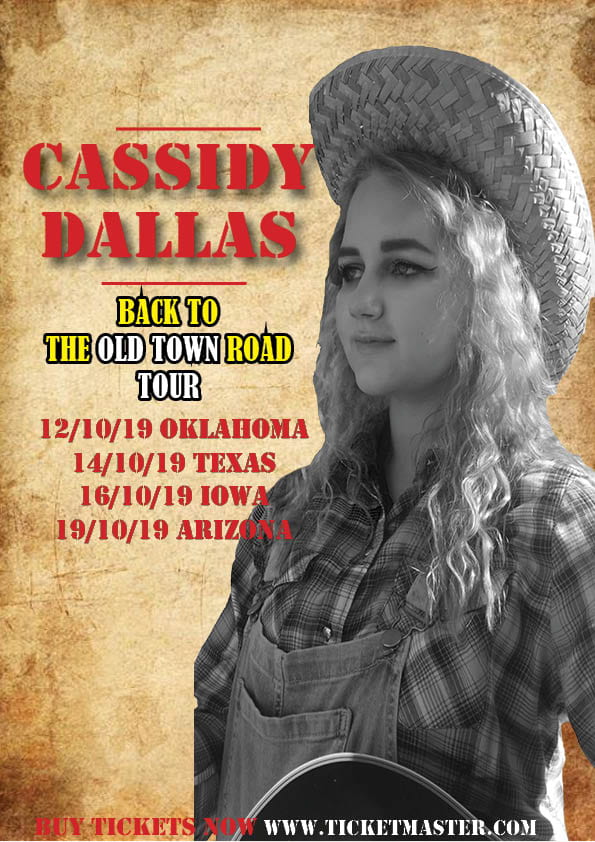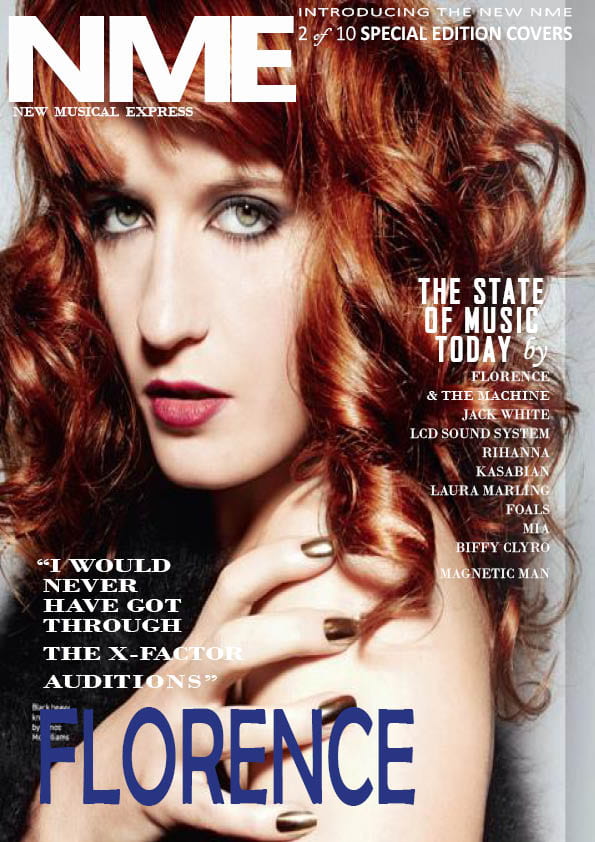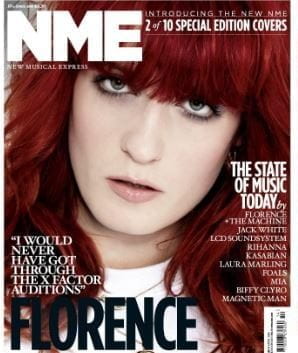In order to successfully generate ideas for my music magazine of ‘Indie-pop’ I have created a mood board which will all help me when it comes to making my own Indie-pop magazine cover. The images pinned consists of conventional themes of colour palettes, album covers, portraits of stars, fashion, general aesthetic and lyrics.
Category Archives: Component 1
My audience profile
Using my own research of audiences who listen to indie-pop I created a audience profile for a dating website, I hinted towards the demographics and psychographics of Indie-pop fans in the US. This will help when it comes to making my magazine on this genre as I will be able to appeal to the audience. The Blumer and Katz theory helps me to focus on the correct aspects to include to maximise sales. The aspects I need to focus on which are reasons for why people seek out media include: Information, Personal identity, Social interaction and Entertainment. I will need to encode the data that I have collected into my magazine order to make it possible for the audience to decode for a preferred reading. This helps to avoid oppositional reading which occurs when the audience do not like the ideas featured.
Branding ideas+ Mission statement
For my music magazine I have decided to chose the genre ‘indie-pop’, this is because it is a genre I know very well as it is one of my favorites. I have chosen to name the magazine ‘Indieshack’, this is because it represents my magazine well as it is based on indie/ indie-pop music, ‘shack’ adds a retro feel to it and adds uniqueness. Below is a word cloud which represents the brand values, attitudes and beliefs (ideology).
The mission statement for my magazine is ‘the home of indie’ which features new/up coming indie pop artists and popular artists in a unique way. It is aesthetic and chilled and also includes fashion which is relevant to the indie genre.
So I’m ready to make some media!
Using the knowledge I have been learning these past few weeks I can now collect all of it together to help me create my own media. The things I have learnt which I will be sure to consider when making media are CAMERA, Mise en scene, layout, typography, AIDA (attention, interest, desire and action) and Blumer and Katz theory.
Below is a brief overview of each technique that I have learnt which I will now use in my own media.
CAMERA= can be used to represent a mood, character, or a genre through the use of framing (composition/rule of thirds), angles (high angle,low angle, looking inside from outside, side on) and distance (close up, medium close up, long shot). I will need to include CAMERA in my own music magazine to represent the mood, or present my artist and the genre of music which I am advertising in my magazine.
Mise-en-scene=(this helps to convey a mood, represent a character, and convey a genre) it includes costume, lighting, acting, makeup, props and setting. When it comes to my music magazine I will have to consider the Mise-en-scene I will use to present ideas, moods, characters and genres in order to create clear messages to audience and attract in the target audience.
Layout=Conventional layouts of music magazines are important in advertising and drawing audiences in through the use of design features, for example: plugs, mastheads, pugs, insets, captions, main cover stars, cover lines, main cover lines, issue/date, price, and barcode. Layout is very important when it comes to creating a music magazine, it provides the audience with information about what is included in the magazine, it also represents the brand and genre of music which attracts the target audience in.
Typography=The type of font style used and the message, mood and genre this displays to my audience.
AIDA= (attention, interest, desire, action) – Making sure media attracts in the attention of specific audiences, interests them and makes them desire to read more, and take action from this desire (buy the magazine). Keeping this in mind when creating my own media will help me to maximize my audience and draw in the target audience to my magazine resulting in more sales.
Blumer and Katz theory= The Blumer and Katz theory (Uses and Gratification) sates that media users play an important role in choosing and and using media, it suggests that the user consumes the media which best fulfills their needs. This theory assumes that the audience chooses what media they want to consume from four different reasons: entertainment, social interaction, personal identity, and identity. This theory will impact the production of my music magazine as in order to maximise my audience and response of the audience I will need need to apply media which will fulfill each aspect.
My tour poster
Before making my own tour poster with the given genre of ‘Country and Western) I have gathered together fifteen examples of Country or Western tour posters. This will help me collect information on the conventions of tour posters of this genre, from this mood board of collected tour posters of my given genre I have identified the following repeated design features/ conventions:
- Model wearing/ holding objects typical to the genre and lifestyle of those of the genre e.g holding guitar, wearing cowboy hat, and checkered/plain shirts.
- Image of artist in black and white.
- Text in colours such as white,red,blue,yellow,black and brown.
- Wood backgrounds, scenic (country) background, plain background and animated background.
When it comes to the creation of my tour poster of Western/Country music I will be sure to include some of these conventions, I will only incorporate a few ideas as I want my own design to be unique which will make it stand out more to my target audience.
Here is my tour poster using the genre ‘Country and Western’, to achieve this I used Photoshop and In design, this helped me learn and develop my own skills for when moving on to my own music magazine.
My magazine cover swede
As part of a task today to develop our indesign skills we created our own copy of an NME magazine cover, shown above firstly is my copy and beside that is the original copy.
During this task I learnt how to use indesign, this includes altering text (fonts,weight, height, colour, centering text) I have also learnt how to place images in order to fill the cover and crop them. All of these skills have showed me how to create a conventional music magazine by using these design features typical to that of a music magazine. The features I learnt to include that are essential design features are the masthead, the main cover star, captions, pugs, plugs and cover lines.
Overall, I think I did a good job at finding similar fonts to the original copy, making the cover photo fill the page, and changing the weight of text. However, there is definitely room for improvement which I need to learn from, this includes placing the text correctly (as the text on the original is placed on the far right to the edge of the page), adding more definition where it is needed e.g on the ‘Florence’ title and remembering important details like the barcode. From this task I will use these skills when it comes to making my own music magazine, but before that I will need to improve my skills further to make sure I am prepared fully for my music magazine. Before making my music magazine I will watch three tutorials to help improve my skills.
A front cover analysed
To further our knowledge on how magazine covers use design elements to bring in the target audience and portray ideas we completed a textual analysis of a magazine cover. Magazines use psychographics and demographics of the target audience in order to attract the audience in. This is through the use of colour, images, languages, and fonts, for example in the magazine I analysed above the demographics of the audience of Mojo magazine are generally male age 30 and over. Therefore the magazine cover includes design elements that appeal to men aged 30 and over, such as bold and straightforward text and limited colour palette. To add to this the magazine cover also supports the psychographics, this is achieved through the use of design features such as plugs, pugs, captions and cover stars.
Overall when it comes to making my own magazine cover it is essential for me to have a clear outline of my target audience and the psychographics and demographics, this is so that I use the correct design features to attract in the audience which will maximize sales.
So… How can an image communicate meaning?
These past few days I have learnt the importance of using mis-en-scene and camera framing in images to communicate meanings and narratives. In order to fully convey ideas and narratives in media texts you should consider the use of:
- Mis-en-scene (this helps to convey a mood, represent a character, and convey a genre) it includes costume, lighting, acting, makeup, props and setting. For example if the makeup is dark around the eyes it could represent a mysterious aura, the setting could be unknown territory supporting this mysterious feel and the lighting could be dark symbolizing danger and hidden secrets.
- Camera can also be used to do the same through the use of framing (composition/rule of thirds), angles (high angle,low angle, looking inside from outside, side on) and distance (close up, medium close up, long shot). For example a low angle creates the illusion of height which can make the subject look powerful and thus intimidating to the audience. A close up of a person reveals the emotion of the character to the audience e.g anger, sadness.
Learning about these techniques will help me when it comes to making my music magazine, I will keep these techniques in mind whilst I am producing images in my media text. I will make sure that I include the use of mis-en-scene and camera which will help me to convey ideas and narratives to my audience.
Conventional design features of a magazine
Design elements which are used on front covers are the most important part in drawing audiences to the product by creating expectations to the audience and bringing in the target audience. For example on magazine covers there are typicalities which are seen on basically all magazines these include:
- Plugs these are the selling points of magazines, these are smaller and less obvious than cover lines. They can often be found as small list at the sides of magazines or at the bottom along the width of the cover.
- Mastheads these are the titles of magazines e.g Vogue, cosmopolitan.
- Pugs used for promoting things inside the magazine e.g interviews, new music etc.
- Insets small pictures adding additional information.
- Captions usually short explanations for photos shown.
- Main cover stars the artist or band on the front cover
- Cover lines reveal the stories which are in the magazine, smaller than main cover lines but are often the same colour font.
- Main cover lines inform the audience the stories which are included in the magazine.
- Issue/date
- Price
- Barcode
As a task to help us recognize these typicalities and conventions of music magazines we labelled a music magazine cover, identifying the relevant design features as shown above.
This task and knowledge will help me when creating my own music magazine cover as I now know the typicalities and conventions which I must include to bring in audiences and specifically target audiences.
The camera talks
Using Canva I created a moodboard containing 9 of my images which create a narrative from the shoot. I then added hashtags on each of my images including:
- The technical camera term, e.g long shot, close up, shutter speed, composition, angle.
- The example/denotation, e.g girl upside down, boy walking through corridor.
- The analysis/connotation, e.g possessed, alone, texting crush.
Overall I think I achieved some of the aims here, I managed to create images using a DSLR which created a narrative. I achieved this by taking images with different angles e.g long shot, close up, medium close up. Whilst also adjusting the camera settings for the desired aperture, shutter speed, composition. However, I think I should’ve created a lot more variation on my images, e.g more distances and angles and getting the models to do more varied things.This approach will help when it comes to considering and taking photos for my magazine as I will know how to use a camera to create narrative and portray key ideas to my audience. This is through the use of technical camera effects e.g longshots, close ups, composition, aperture.




